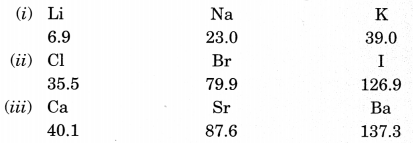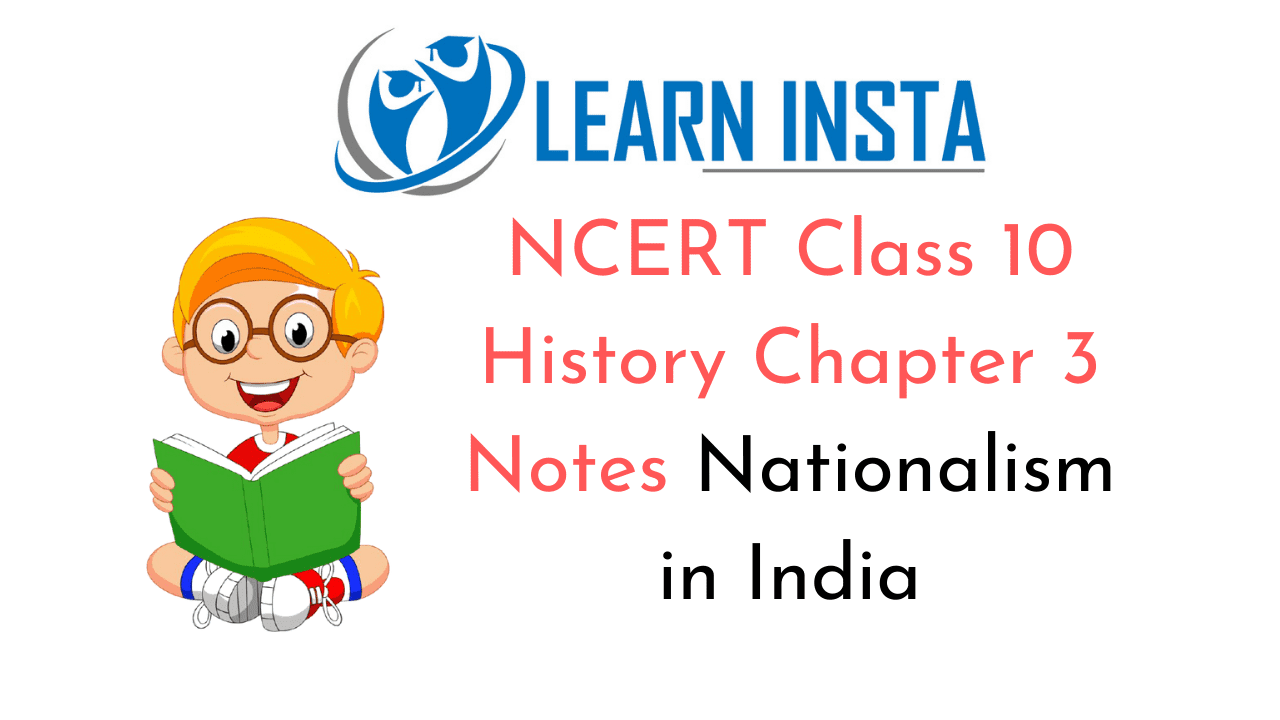
On this page, you will find NCERT Class 10 History Chapter 3 Notes Pdf free download. CBSE Class 10 Social Science Notes History Chapter 3 SST Nationalism in India will seemingly, help them to revise the important concepts in less time.
Nationalism in India Class 10 Notes Social Science History Chapter 3
CBSE Class 10 History Chapter 3 Notes Understanding the Lesson
1. In India, the growth of modern nationalism is closely connected to the anti-colonial movement. People began discovering their unity in the process of their struggle with colonialism.
2. The national movement began spreading to new areas and developing new modes of struggle after the First World War in 1919. The reason was clear. People were hopeful that their hardships would end after the war was over. But that did not happen. At this stage, a new mode of struggle was necessary to initiate under the guidance of a leader.
3. Mahatma Gandhi emerged as the new leader with his idea of satyagraha. The idea of satyagraha emphasized the power of truth and the need to search for truth. A satyagrahi could win the battle through non-violence. Mahatma Gandhi believed that non-violence could unite all Indians.
4. After arriving in India from South Africa, Mahatma Gandhi successfully organised satyagraha movements at various places such as Champaran in Bihar, Kheda and Ahmedabad in Gujarat, etc. and got huge success.
5. In 1919, Gandhiji decided to launch a nationwide satyagraha against the proposed Rowlatt Act (1919). This Act gave the government enormous powers to repress political activities and allowed detention of political prisoners without trial for two years.
6. Rallies began to be organized in various cities against such unjust laws. Workers went on strike in railway workshops, and shops were closed down. On 13 April, 1919 the infamous Jallianwala Bagh incident took place. Thousands of innocent people were killed when General Dyer opened fire on them.
7. This ghastly action of the British angered the common mass in India. They took to the streets in towns and attacked government buildings. The government responded with brutal repression, seeking to humiliate and terrorize people.
8. Mahatma Gandhi now launched a more broad-based movement in India. This movement came to be known as the non-cooperation movement. It began in 1920. Various social groups participated in this movement, each with its own specific aspiration.
9. Thousands of students left government-controlled schools and colleges, headmasters and teachers resigned and lawyers gave up their legal practices. But the effects on non-cooperation on the economic front were more dramatic. Foreign goods were boycotted, liquor shops picketed and foreign cloth burnt in huge bonfires.
10. The non-cooperation movement could not last for a long time. In February 1922, Mahatma Gandhi decided to withdraw this movement as he felt it was turning violent in many places and satyagrahis needed to be properly trained before they would be ready for mass struggles.
11. Within the Congress, some moderate leaders like C.R. Das and Motilal Nehru argued for a return to council politics but younger leaders like Nehru and Bose pressed for more radical mass agitation and for full independence.
12. In 1928, the Simon Commission arrived in India to look into the functioning of the constitutional system in the country (India) and suggest changes. But the commission was boycotted because it did not have a single Indian member. In an effort to win them over, the Viceroy, Lord Irwin, announced in October 1929, a vague offer of‘dominion status’ for India. But this did not satisfy the Congress leaders.
13. In December 1929, under the presidency of J.L. Nehru, the Lahore Congress formalized the demand of ‘Purna Swaraj’ or full independence for India. It was declared that 26 January 1930, would be celebrated as the Independence Day when people were to take a pledge to struggle for complete independence. But the celebrations could not attract much attention.
14. In 1930, Mahatma Gandhi launched the Civil Disobedience Movement when his demand to abolish the salt tax was not fulfilled. His famous salt march was accompanied by 78 of his trusted volunteers. The march was over 240 miles, from Gandhiji’s ashram in Sabarmati to the Gujarati coastal town of Dandi. Thousands joined Mahatma Gandhi. On 6 April, he reached Dandi and violated the law, by manufacturing salt.
15. The movement spread far and wide. Worried by the developments, the colonial government began arresting the Congress leaders one by one. This led to violent clashes in many places. A frightened government responded with a policy of brutal repression.
16. Mahatma Gandhi called off the movement and entered into a pact with Irwin on 5 March 1931, which came to be known as Gandhi-Irwin Pact. As per this Pact Gandhiji went to London in December 1931 for the Second Round Table Conference, but the negotiations broke down and he returned disappointed.
17. Back in India, he found that a series of measures had been imposed on Indian leaders to prevent them from organizing meetings, demonstrations and boycotts with great apprehension, Gandhiji relaunched the Civil Disobedience Movement. But it lost its momentum by 1934.
18. This movement had its own limitations. Some of the Muslim political organizations in India were not enthusiastic in their response to this movement. So far dalit participation was concerned, it was also limited.
19. From the mid-1920s, relations between Hindus and Muslims began to worsen. Each community organized religious processions with militant fervour, provoking Hindu-Muslim communal clashes and riots in various cities. So, when the Civil Disobedience Movement was started, large sections of Muslims could not respond to the call for a united struggle.
20. Many Muslim leaders and intellectuals expressed their concern about the status of Muslims as a minority within India. They feared that the culture and identity of minorities would be lost under the domination of Hindu majority.
Nationalism in India Class 10 CBSE Notes Important Terms
Forced recruitment: A process by which the colonial state forced people to join the army.
Boycott: The refusal to deal and associate with people, or participate in activities, or buy and use things, usually a form of protest.
Picket: A form of demonstration or protest by which people block the entrance to a shop, factory, or office.
Begar: Labour that villagers were forced to contribute without any payment.
Khadi: Indian hand-spun cloth.
Satyagraha: Following the path of truth and non-violence,
Sanatan’s: The conservative high-caste Hindus.
Bhangis: The sweepers.
Harijaiv: The children of God.
Notes of History Class 10 Chapter 3 Time Period
1915: Mahatma Gandhi returned to India from South Africa.
1916: Mahatma Gandhi traveled to Champaran in Bihar.
1917: Mahatma Gandhi organized satyagraha to support the peasants of the Kheda district in Gujarat.
1918-19: Distressed UP peasants organized by Baba Ramchandra
April 1919: Gandhian hartal against Rowlatt Act; Jallianwalla Bagh massacre
January 1921: Non-cooperation and Khilafat movement launched
February 1922: Chauri Chaura; Gandhiji withdrew Non-cooperation movement
May 1924: Alluri Sitarama Raju arrested ending a two-year armed tribal struggle
December 1929: Lahore Congress; Congress adopted the demand for ‘Purna Swaraj’
1930: B.R. Ambedkar established Depressed Classes Association
March 1930: Gandhiji’ began Civil Disobedience Movement by breaking salt law at Dandi.
March 1931: Gandhiji ended Civil Disobedience Movement
Dec. 1931: Second Round Table Conference
1932: Civil Disobedience re-launched.
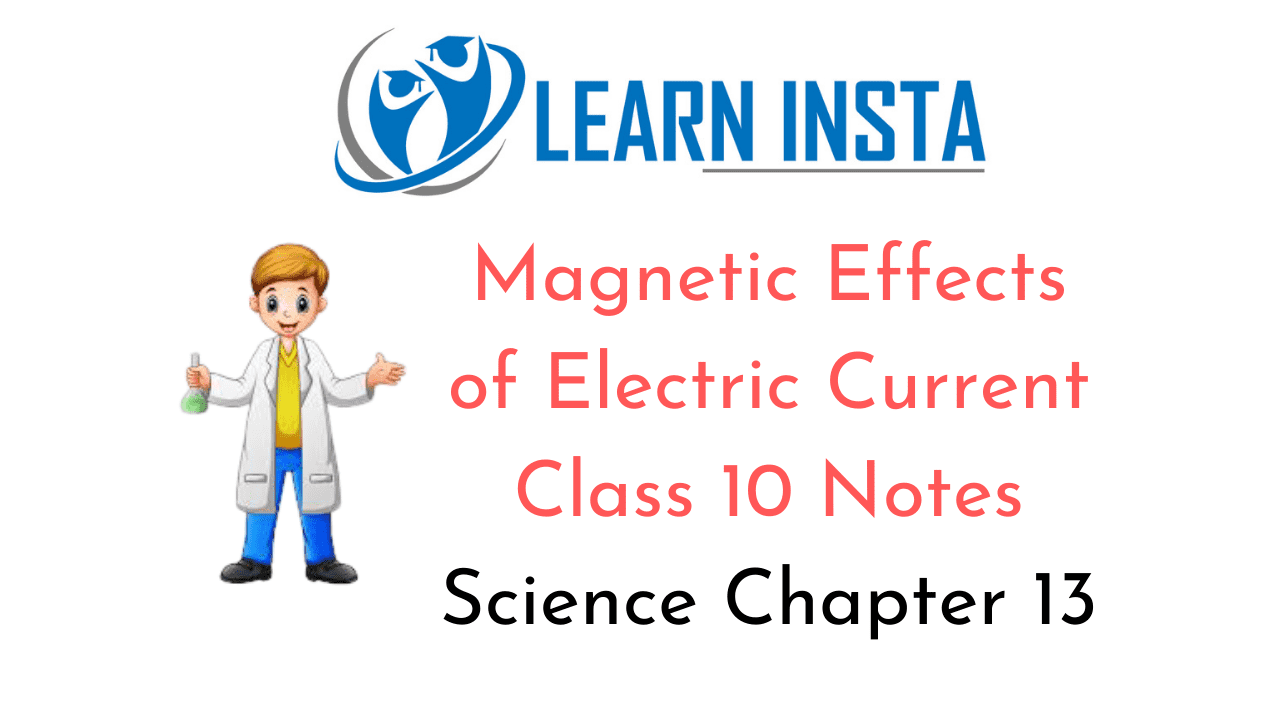 On this page, you will find Magnetic Effects of Electric Current Class 10 Notes Science Chapter 13 Pdf free download. CBSE NCERT
On this page, you will find Magnetic Effects of Electric Current Class 10 Notes Science Chapter 13 Pdf free download. CBSE NCERT 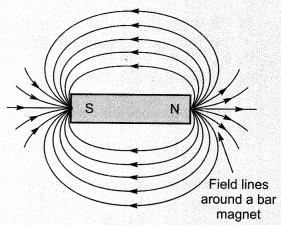
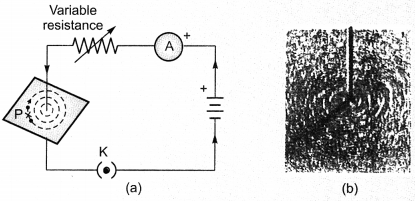
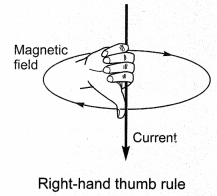
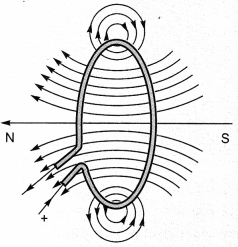
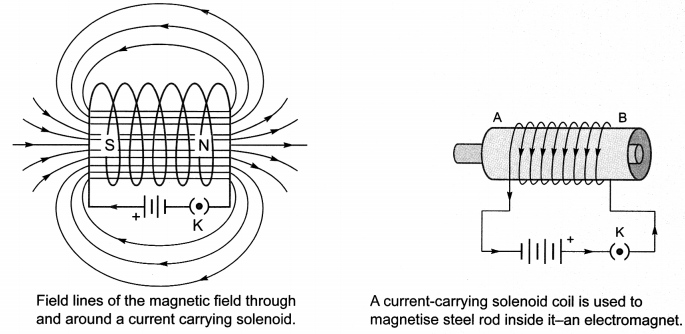
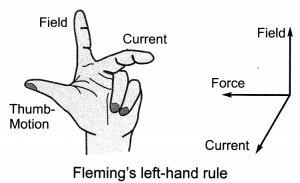
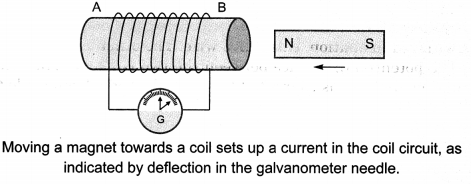
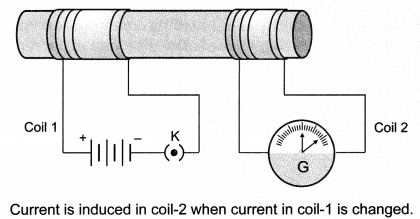
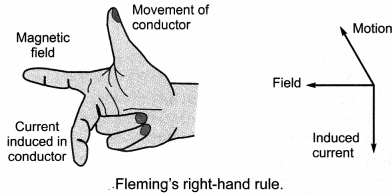
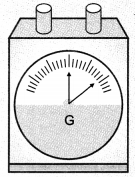
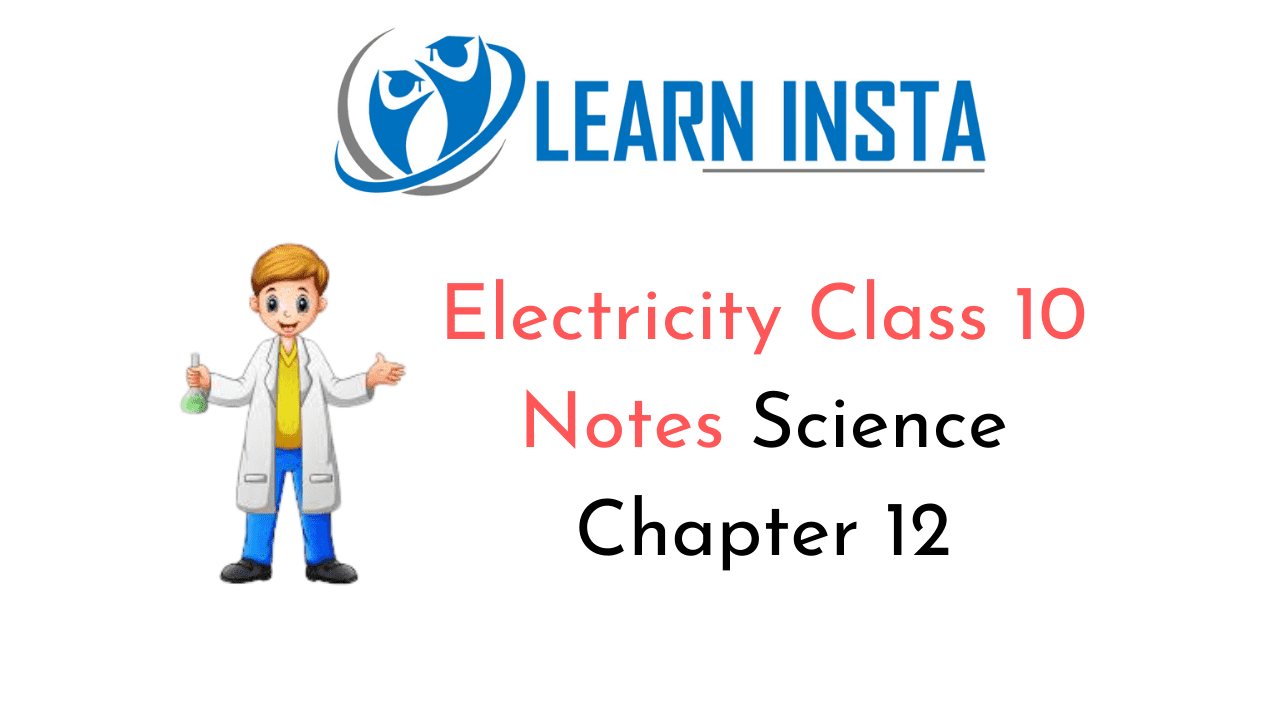 On this page, you will find Electricity Class 10 Notes Science Chapter 12 Pdf free download. CBSE NCERT
On this page, you will find Electricity Class 10 Notes Science Chapter 12 Pdf free download. CBSE NCERT 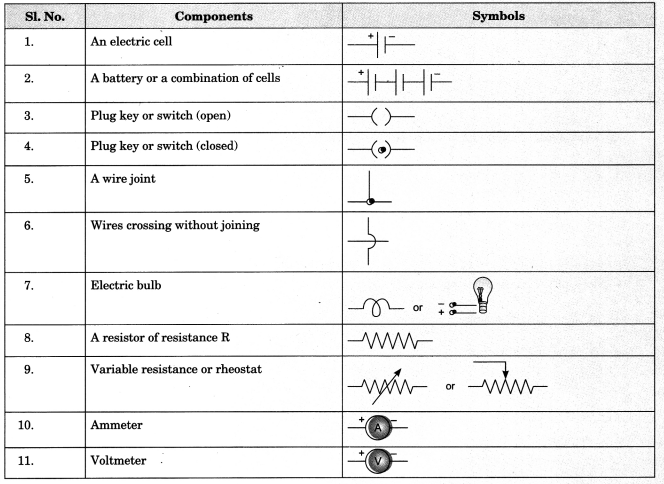
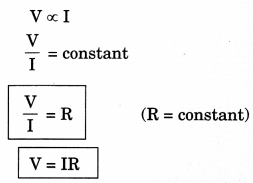
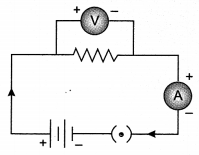
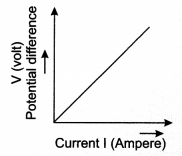
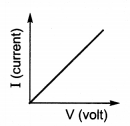

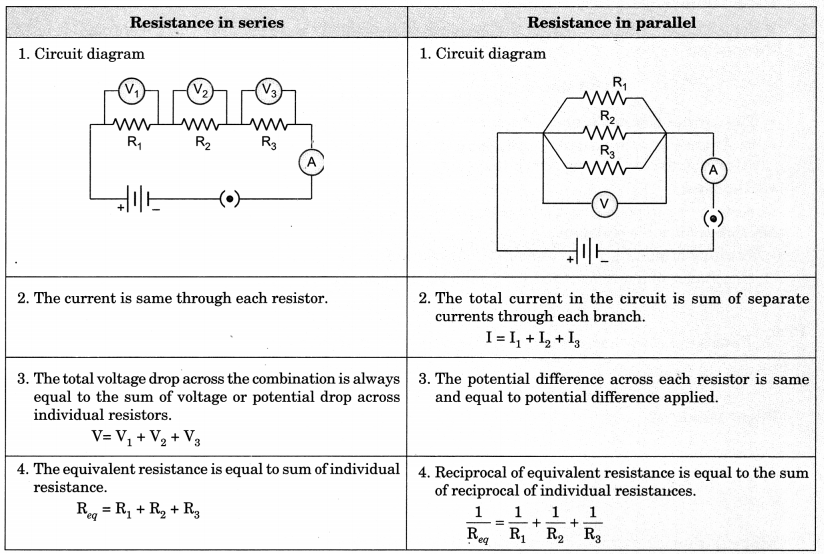
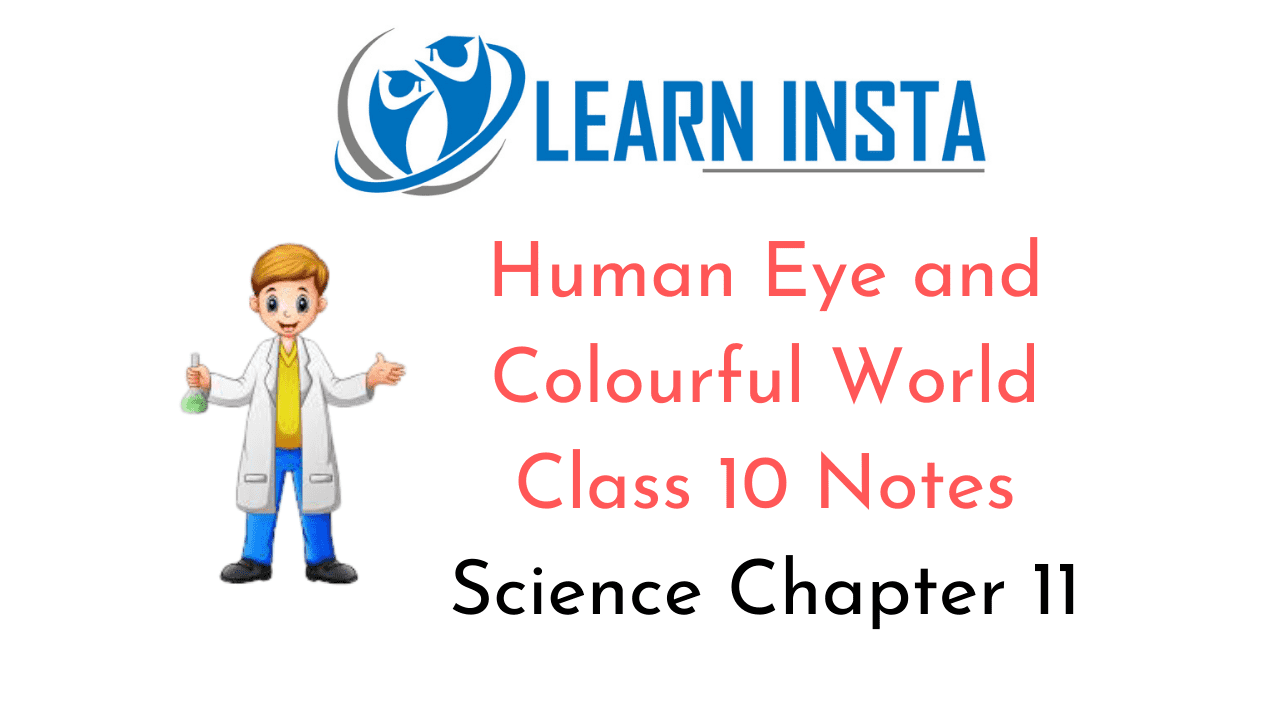 On this page, you will find Human Eye and Colourful World Class 10 Notes Science Chapter 11 Pdf free download. CBSE NCERT
On this page, you will find Human Eye and Colourful World Class 10 Notes Science Chapter 11 Pdf free download. CBSE NCERT 








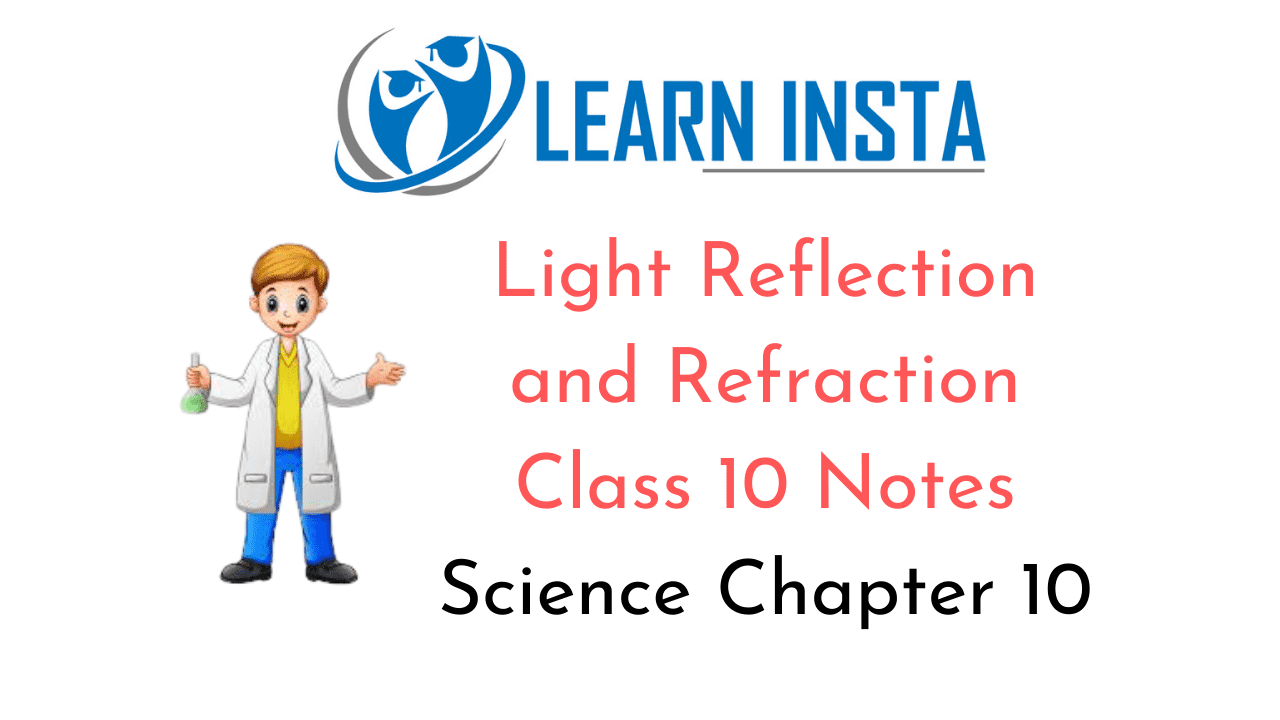 On this page, you will find Light Reflection and Refraction Class 10 Notes Science Chapter 10 Pdf free download. CBSE NCERT
On this page, you will find Light Reflection and Refraction Class 10 Notes Science Chapter 10 Pdf free download. CBSE NCERT 






















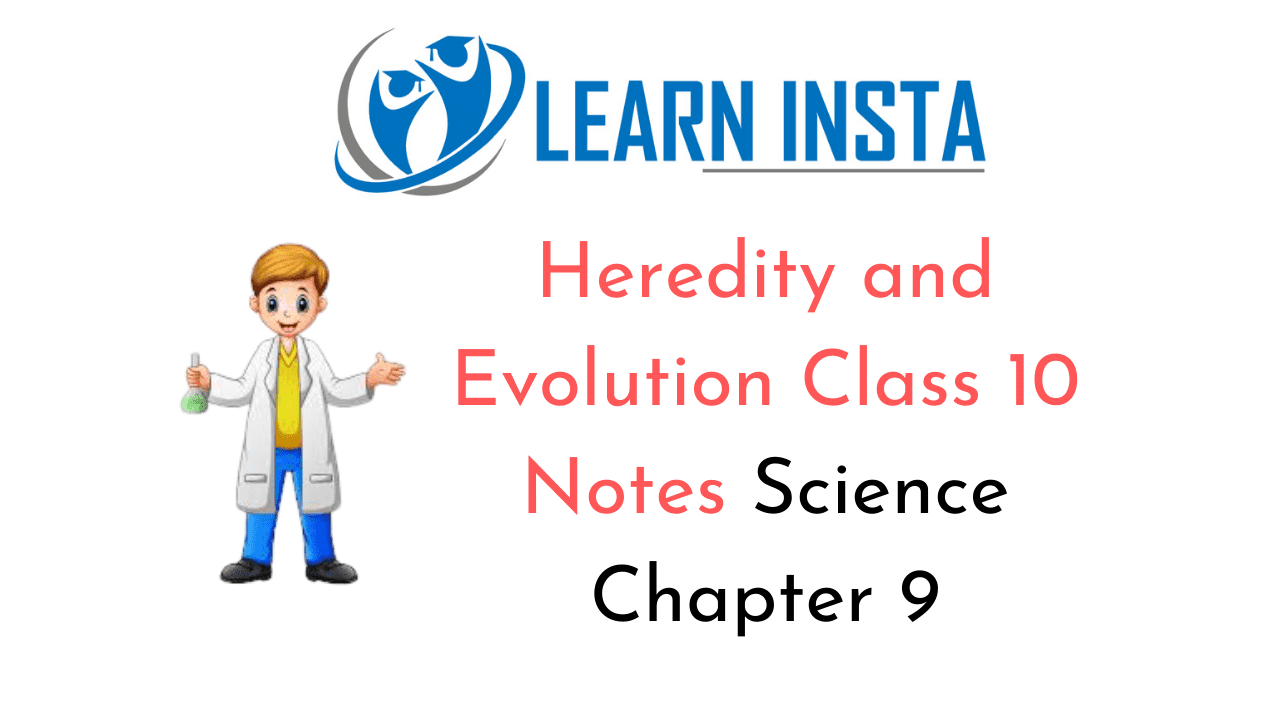 On this page, you will find Heredity and Evolution Class 10 Notes Science Chapter 9 Pdf free download. CBSE NCERT
On this page, you will find Heredity and Evolution Class 10 Notes Science Chapter 9 Pdf free download. CBSE NCERT 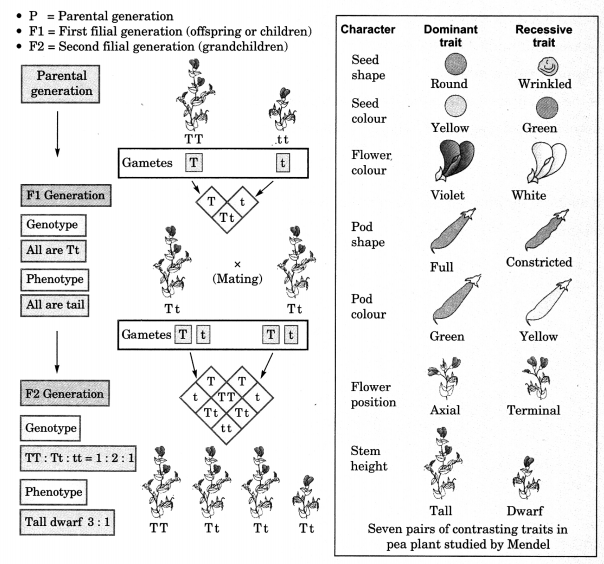

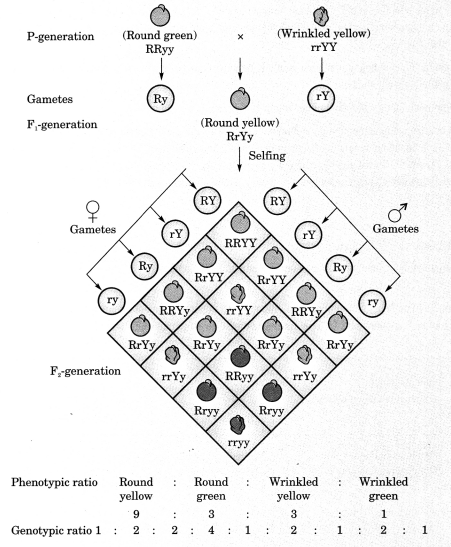
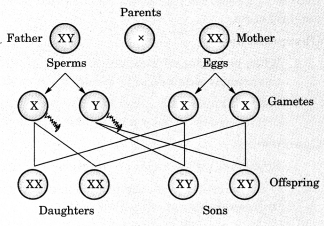
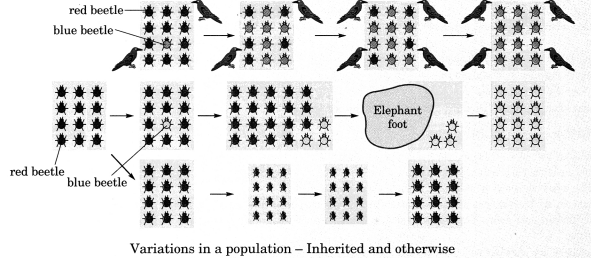
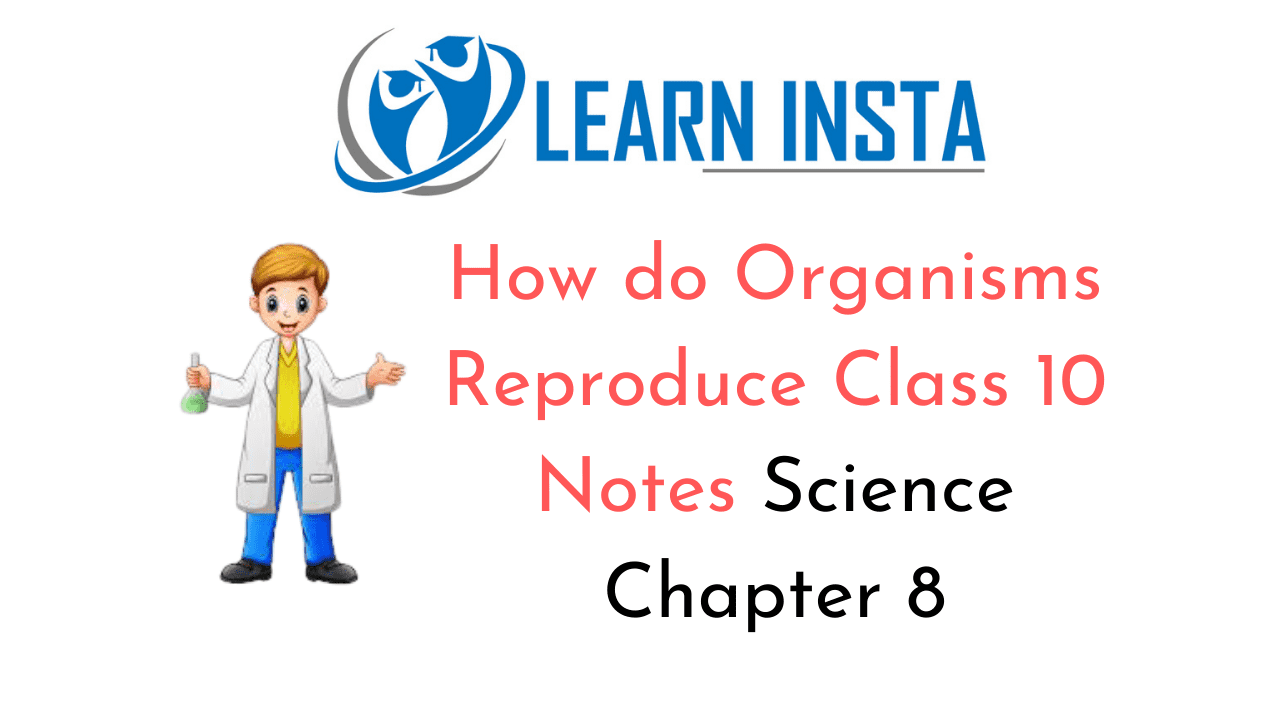 On this page, you will find How do Organisms Reproduce Class 10 Notes Science Chapter 8 Pdf free download. CBSE NCERT
On this page, you will find How do Organisms Reproduce Class 10 Notes Science Chapter 8 Pdf free download. CBSE NCERT 
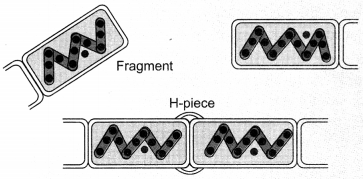
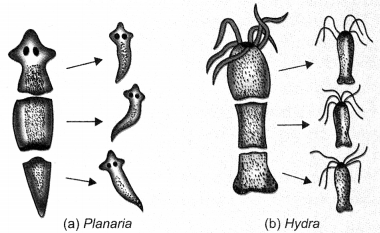
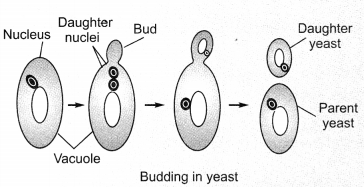
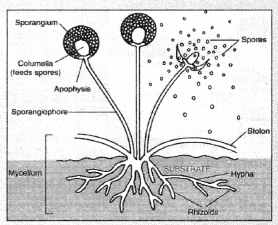
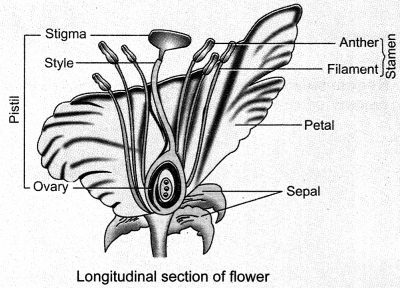
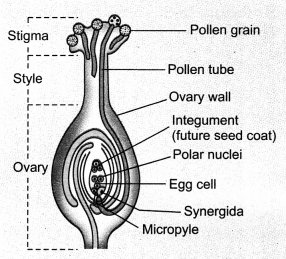
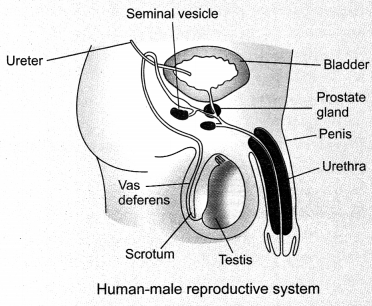
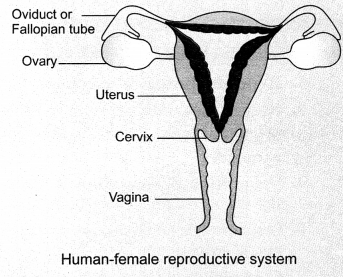
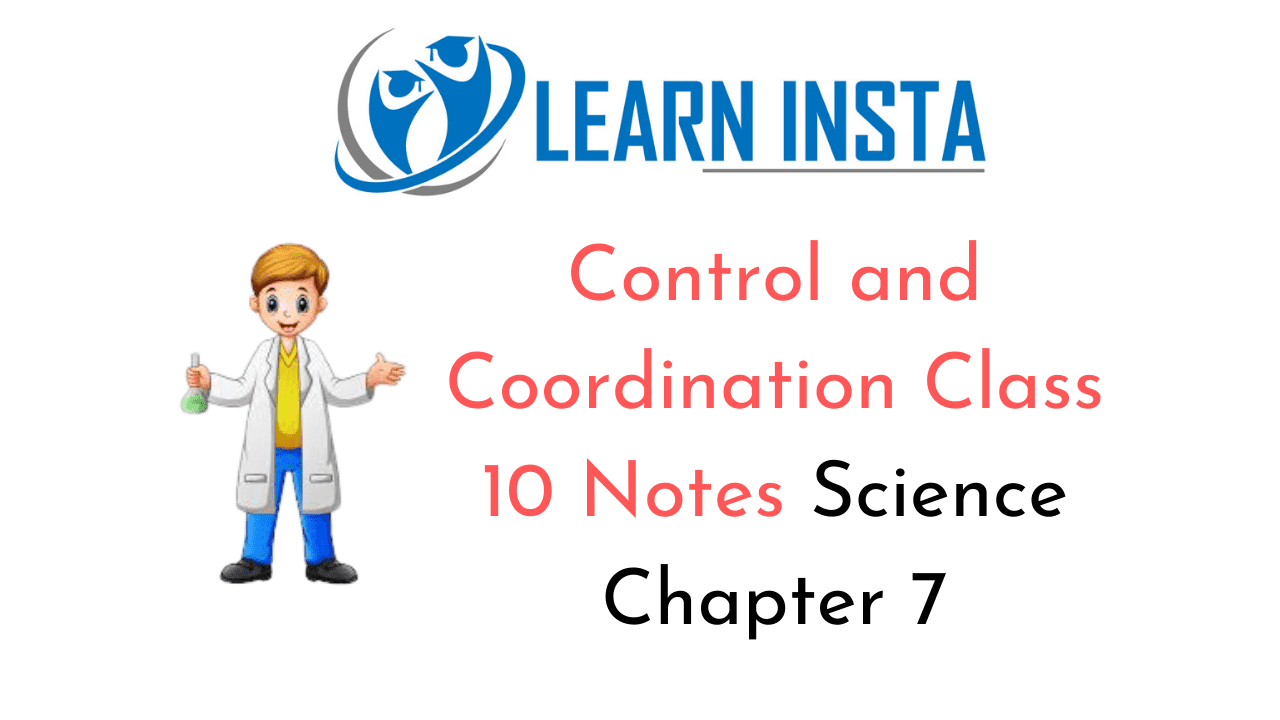 On this page, you will find Control and Coordination Class 10 Notes Science Chapter 7 Pdf free download. CBSE NCERT
On this page, you will find Control and Coordination Class 10 Notes Science Chapter 7 Pdf free download. CBSE NCERT 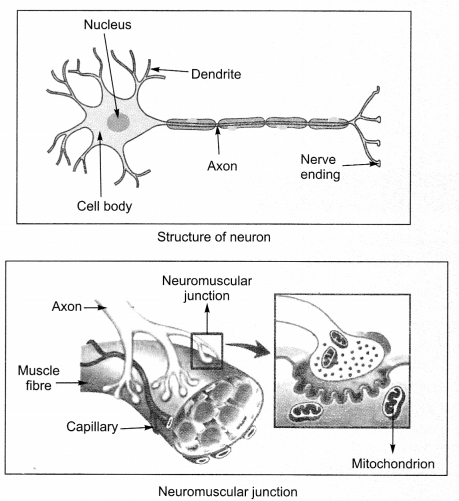
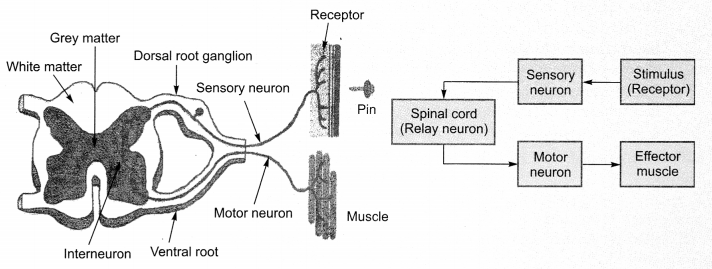
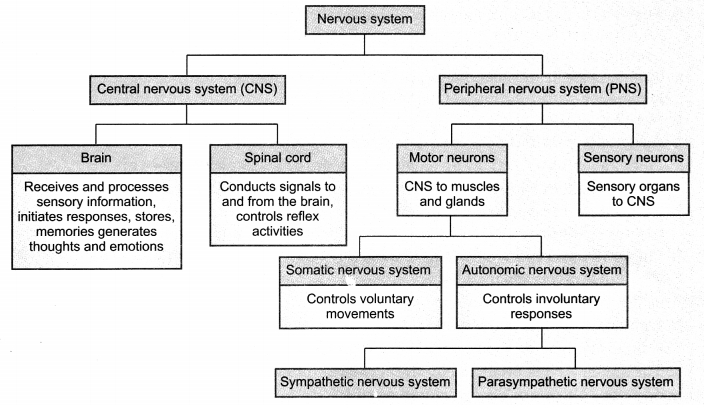
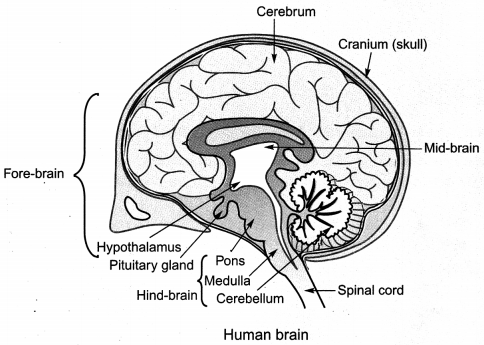
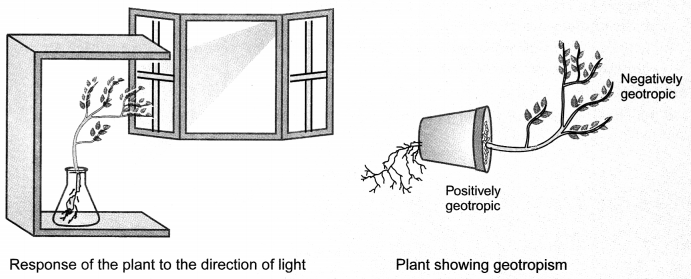
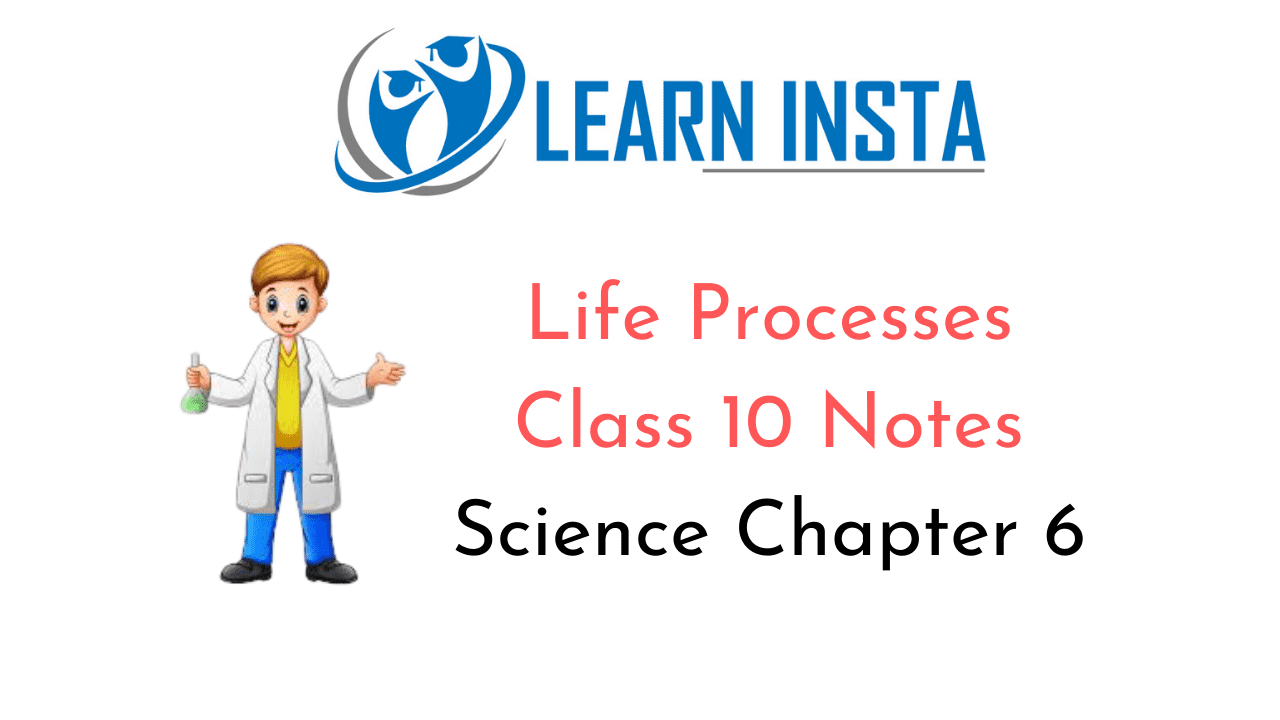 On this page, you will find Life Processes Class 10 Notes Science Chapter 6 Pdf free download. CBSE NCERT
On this page, you will find Life Processes Class 10 Notes Science Chapter 6 Pdf free download. CBSE NCERT 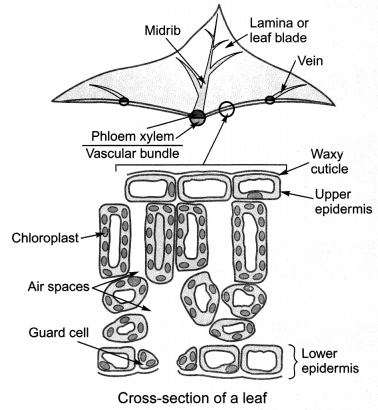
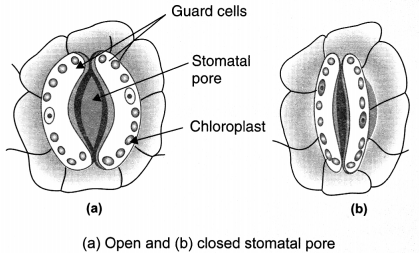
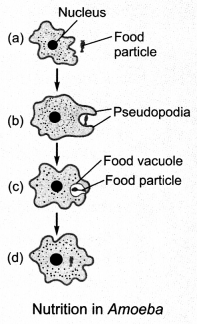
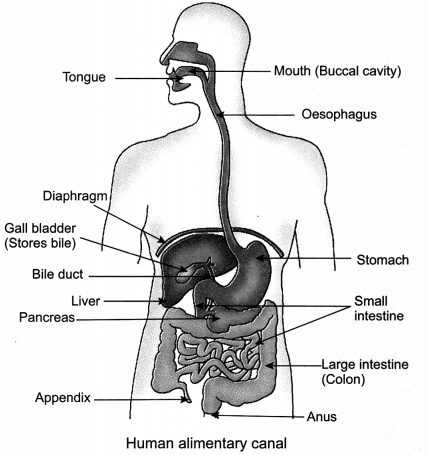
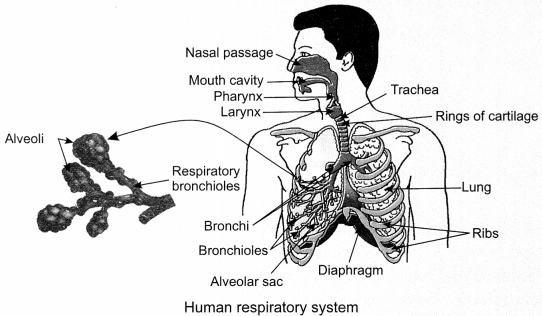
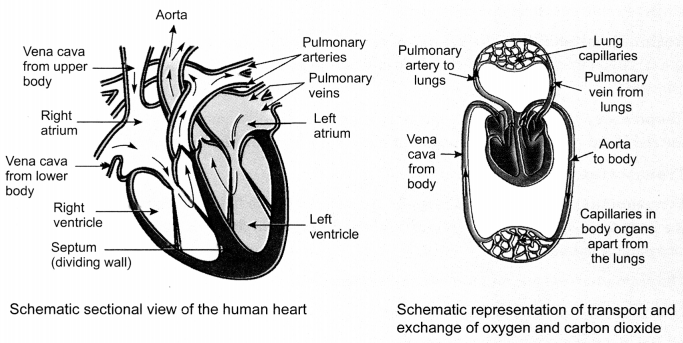

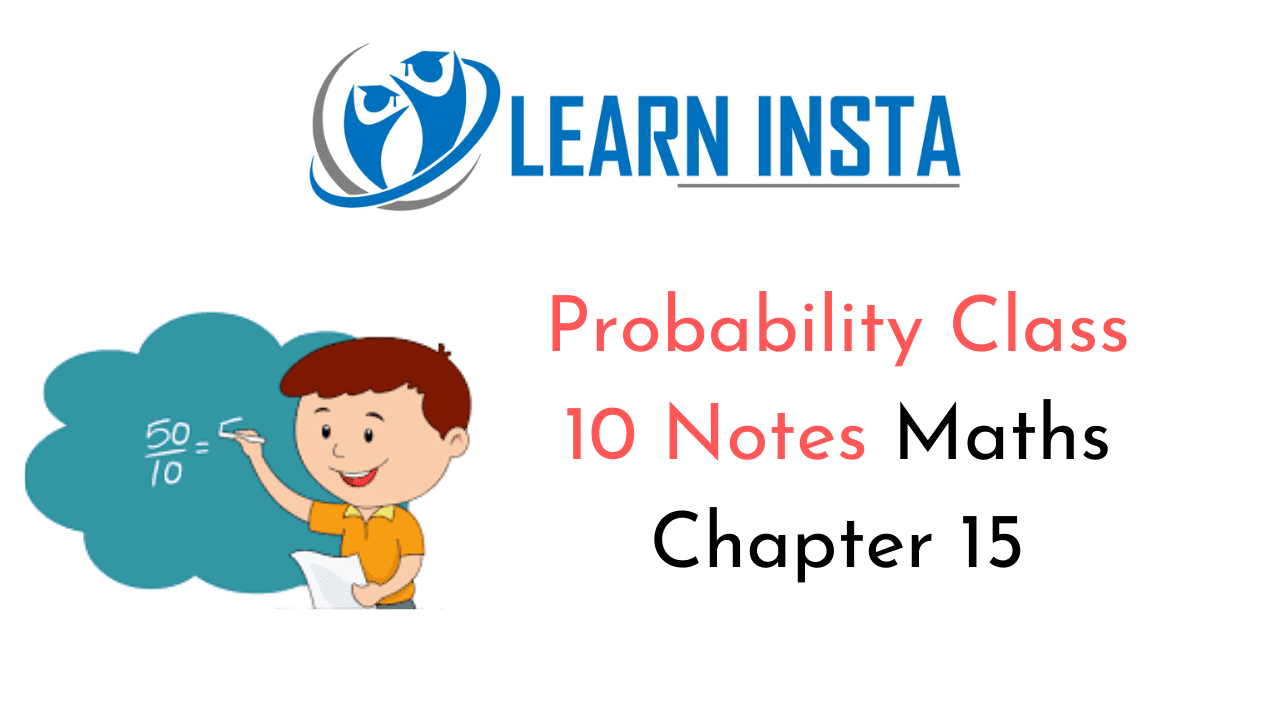
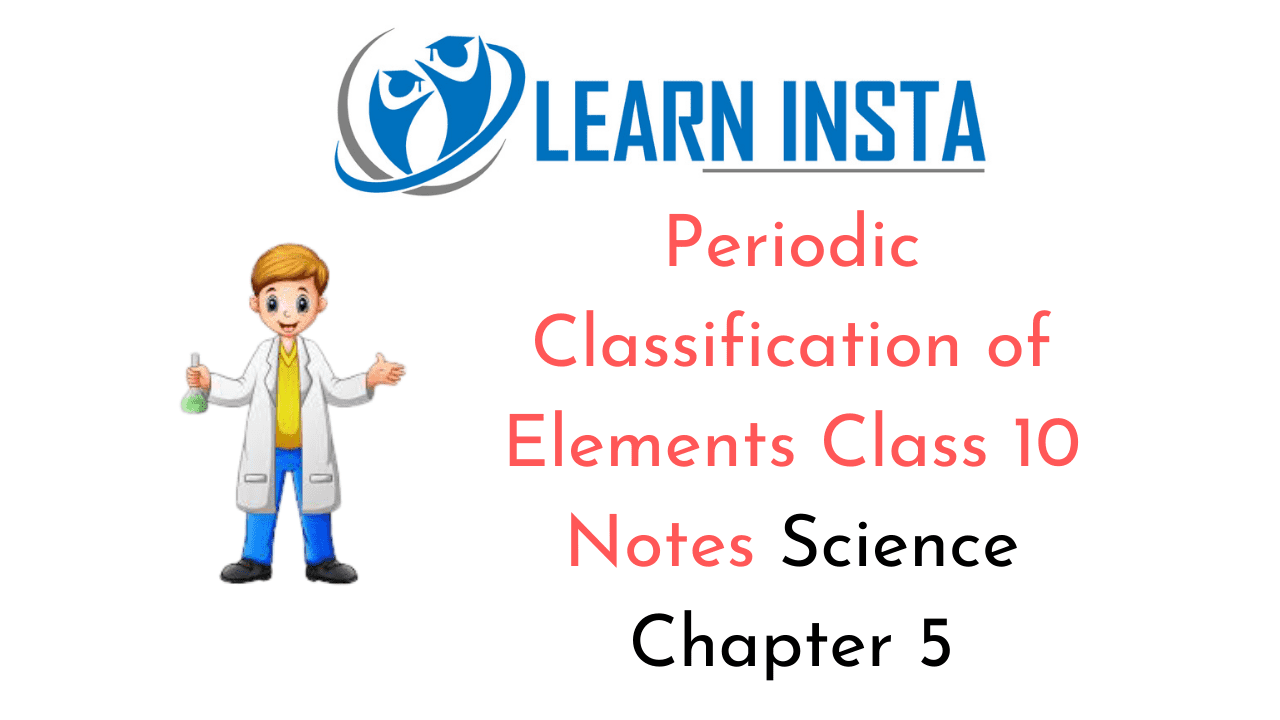 On this page, you will find Periodic Classification of Elements Class 10 Notes Science Chapter 5 Pdf free download. CBSE NCERT
On this page, you will find Periodic Classification of Elements Class 10 Notes Science Chapter 5 Pdf free download. CBSE NCERT 